The state of Scotland's NHS in five charts
- Published
- comments
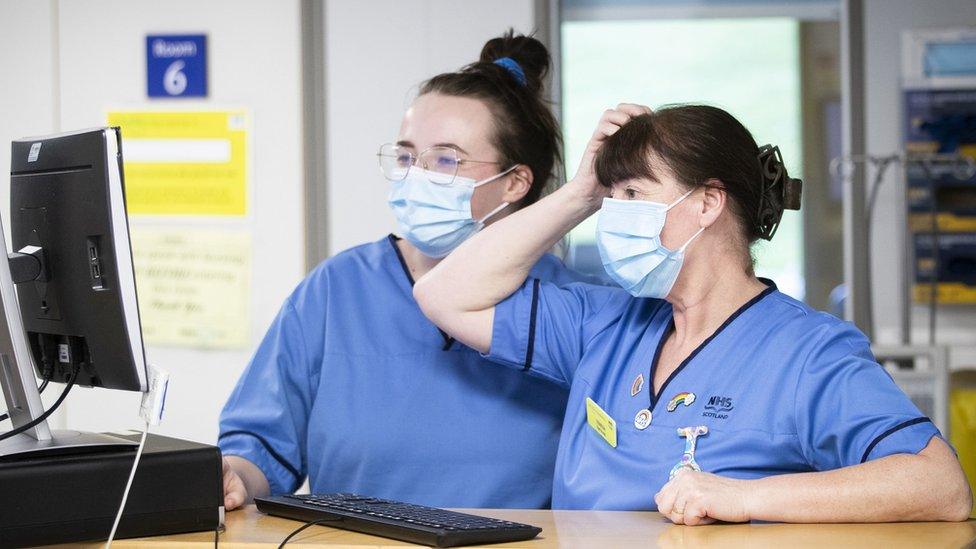
Scotland's health service has been under severe pressure for years but the impact of Covid-19 has seen staff shortages, bed blocking and longer waits for both emergency and outpatient treatment.
Health Secretary Humza Yousaf has warned recovering from the pandemic is going to take the NHS in Scotland years not months.
Here are five charts illustrating the challenges being faced by the health service.

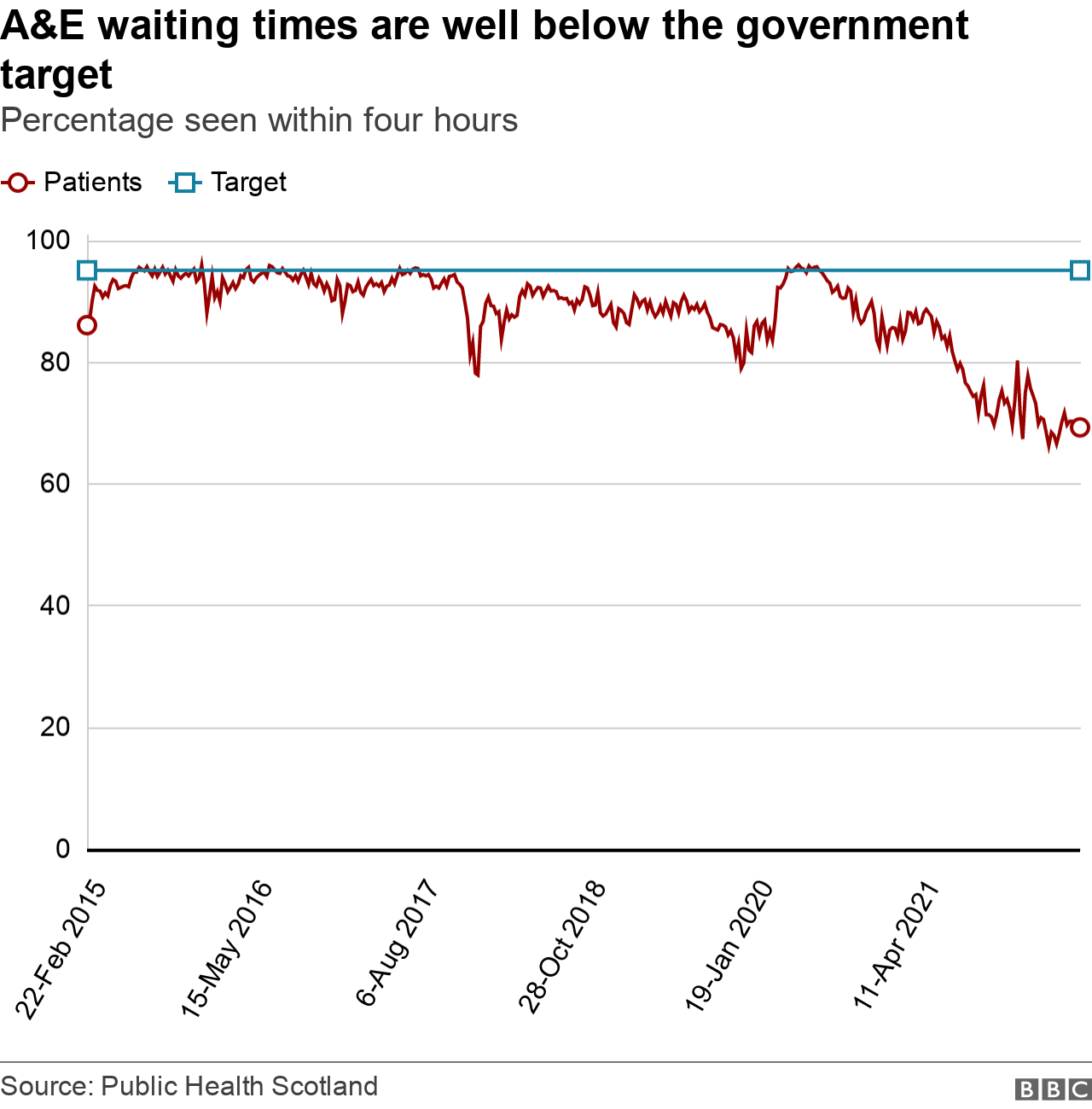
In the early days of the pandemic the number of people going through the doors of Scotland's emergency departments plummeted as demand slowed in the face of the lockdown restrictions.
A&E attendance levels are now broadly in line with what was happening pre-pandemic but, crucially, the waiting times for people in emergency departments are longer.
The Scottish government's target is for 95% of A&E patients to be discharged or admitted within four hours.
However, the figure was 67.5% in the week up to 26 June and this included 1,043 people who had been waiting for more than 12 hours.
Delays in moving people out of A&E and into the wider NHS and social care system, staffing shortages and patients with more complex needs have all been blamed for the target being missed.

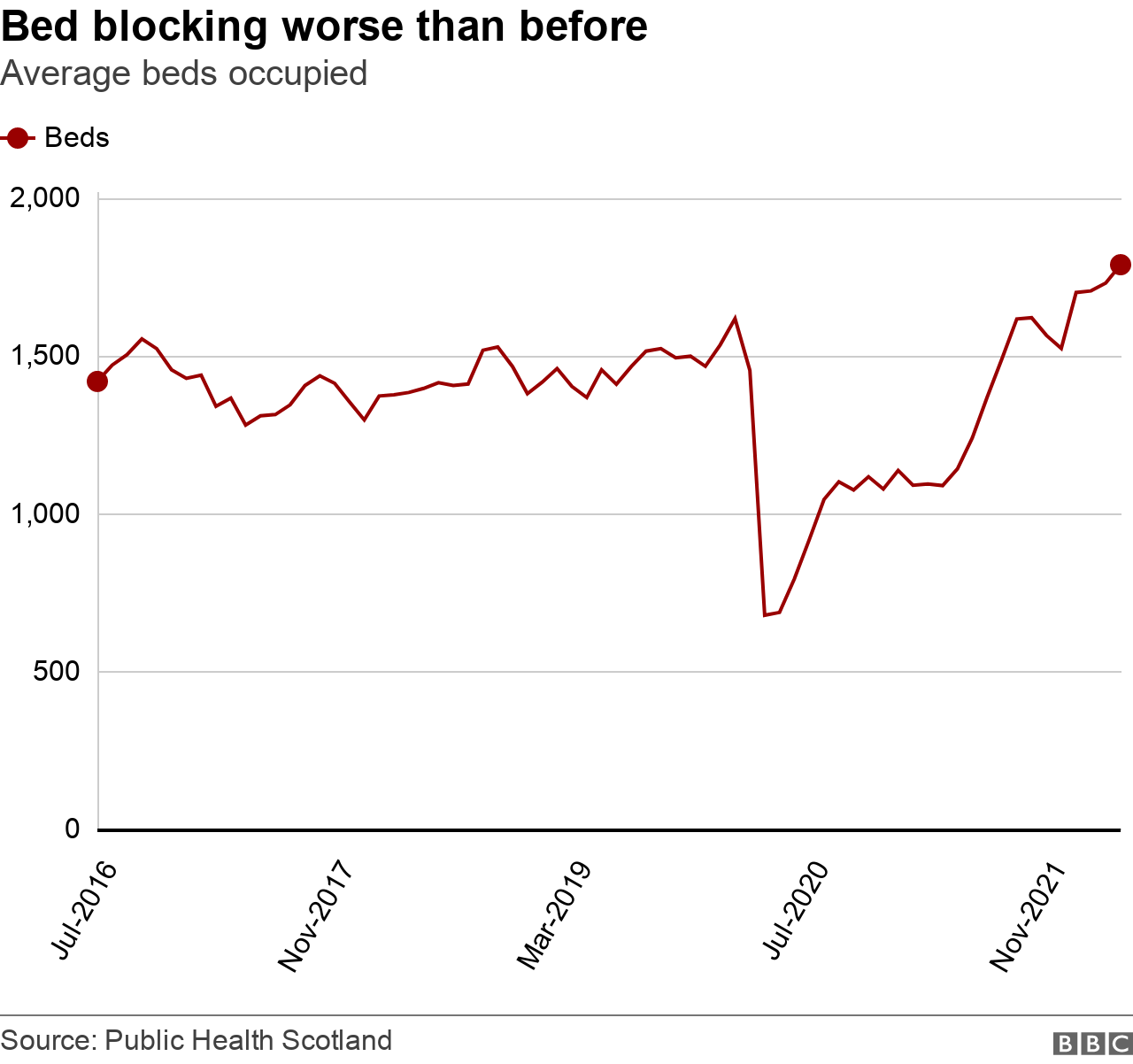
The NHS has a limited number of beds so the efficient flow of patients in and out of hospital is critical.
However, bed blocking or delayed discharge - where a patient continues to occupy a hospital bed despite being well enough to leave - is continuing to disrupt this flow.
The average daily number of delayed discharge beds occupied in 2021/22 was 1,480.
It is not a new problem and actually briefly subsided at the start of the pandemic as the NHS suspended much of its routine services to focus on Covid-19 patients.
However, as soon as these services were restarted the number of people staying in hospital unnecessarily started to soar.
The lack of available social care places in the community is the main driver for bed blocking, it can mean hospitals at near full occupancy have little room to move people about and can also result in ambulances waiting for hours outside A&E for beds to free up.
Patients with more complex needs who need to stay in hospital for longer are also adding to the pressures.
Public Health Scotland data also shows the average daily number of beds occupied by people waiting to be discharged in 2021/22 was 51% higher than the previous year - partly because of measures put in place due to Covid-19.

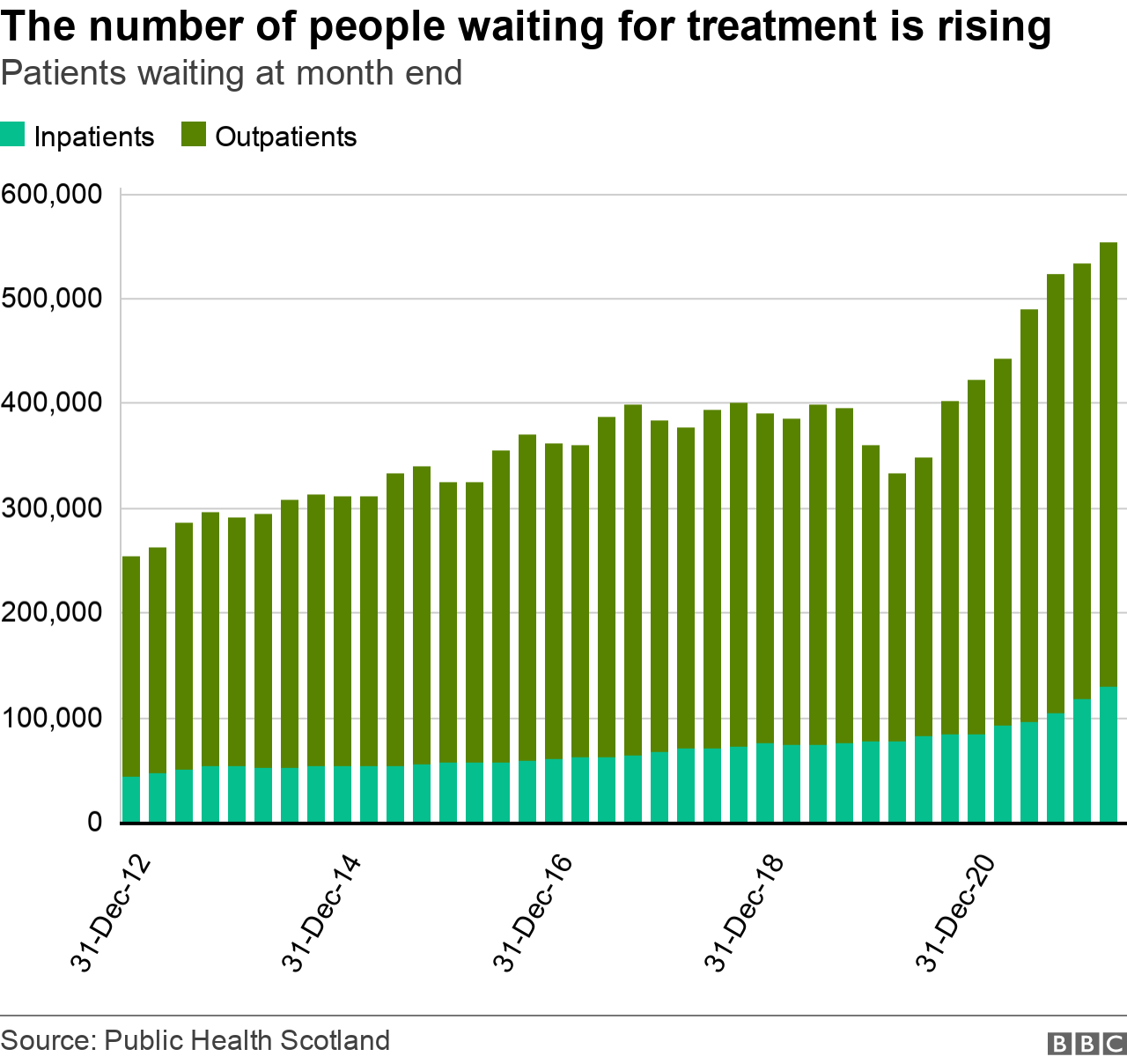
Another major impact of the Covid pandemic has been on the number of people waiting for treatment and how long they have to wait.
More than 553,000 were waiting for outpatients or inpatients treatment at the end of March, equivalent to about one in 10 of the population.
The waiting list number is the highest since statistics were recorded in their current form about a decade ago and almost one in nine had been waiting for more than a year.
The number waiting for treatment for planned procedures such as knee or hip operations has increased by more than a third since the Covid pandemic began in March 2020.
Some surgeons believe it will take years to get back to the 2019 waiting times and their concern is the length of time some patients are waiting means they will develop more serious health issues.

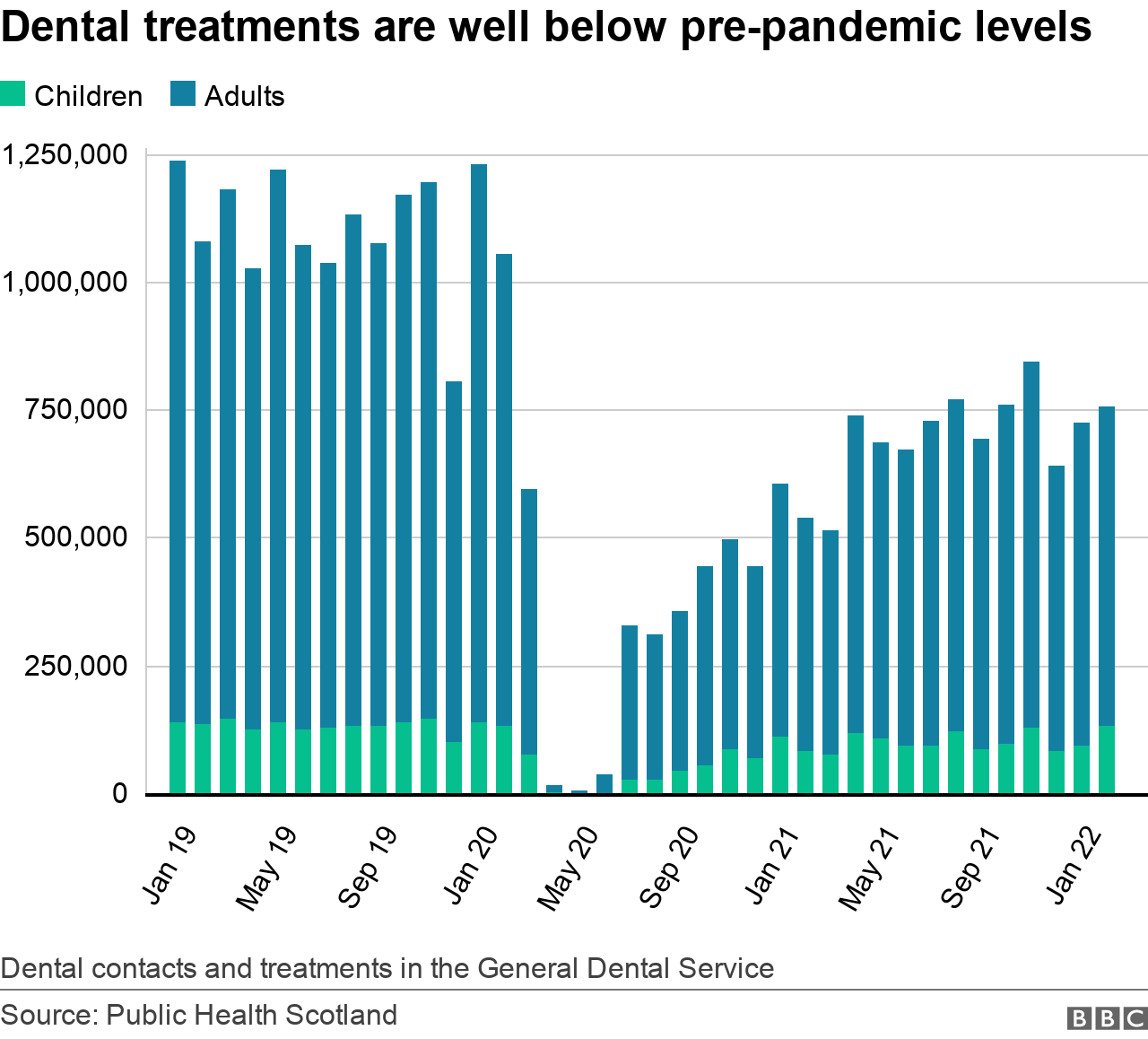
Dentists were forced to close across Scotland when the first lockdown started due to concerns that Covid-19 could spread easily in surgeries.
This is evident in the dramatic drop-off in treatments in the graph shortly after the 2020 lockdown when only patients needing emergency treatment were being seen.
Practices have been able to offer more treatments as restrictions relaxed but infection control measures, such as rules around cleaning between patients, were in place until April this year.
This means Scotland's dentists are still playing catch-up with latest figures showing they carried out 28% fewer treatments than before the pandemic.


The pandemic has changed the way that many people interact with their GP.
In many surgeries exchanges over the phone have become more common place than they were before the pandemic while staff shortages, increased demand and infection control measures meant getting an appointment has been harder for some patients.
This is possibly why a Scottish government commissioned survey of more than 130,000 people found there had been a fall - to the lowest level since 2009 - in public satisfaction with GP services.
Health Secretary Humza Yousaf has said the delays faced by some patients in getting a GP appointment are part of the huge challenges faced by the NHS in the wake of the Covid-19 pandemic.
And the frustration at the situation is also felt by surgery staff, GPs have argued.
- Published20 June 2022
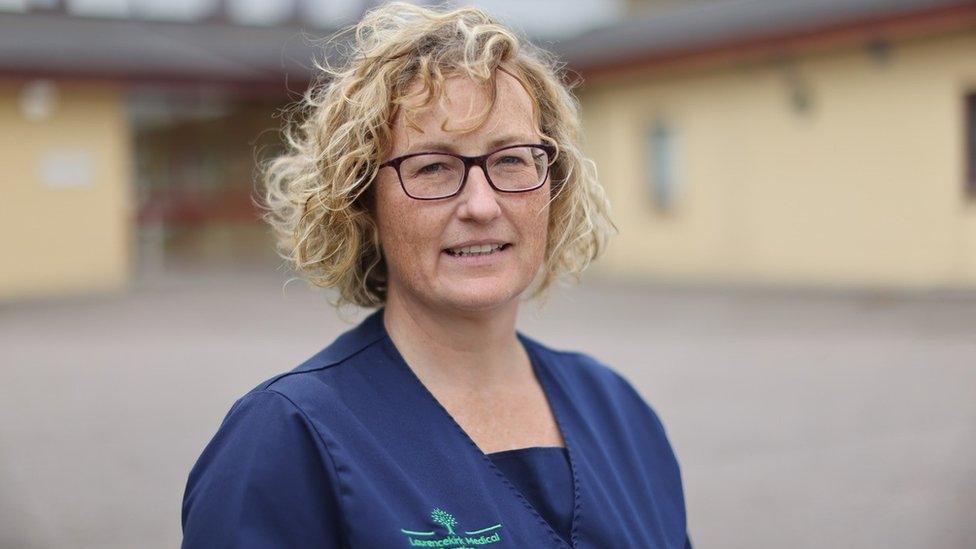
- Published9 June 2022

- Published11 May 2022
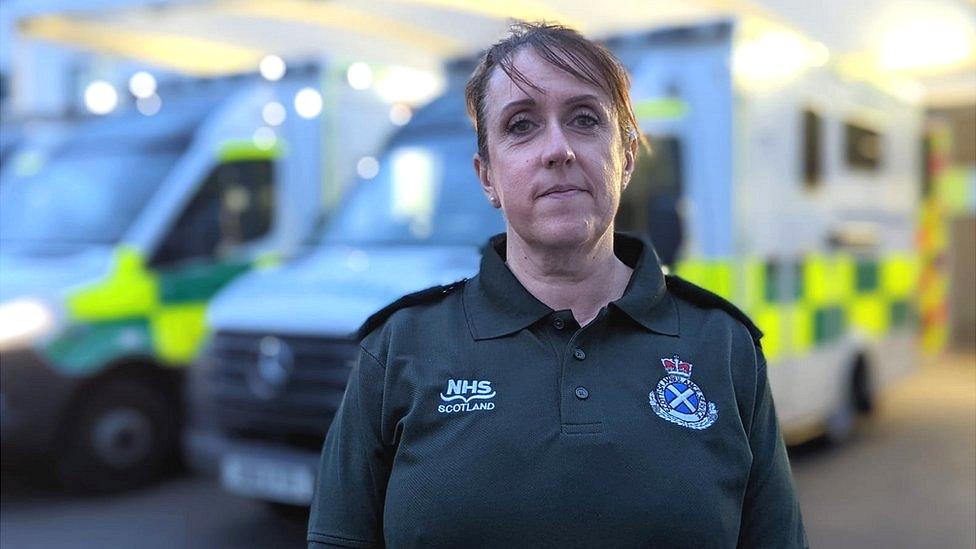
- Published31 May 2022
